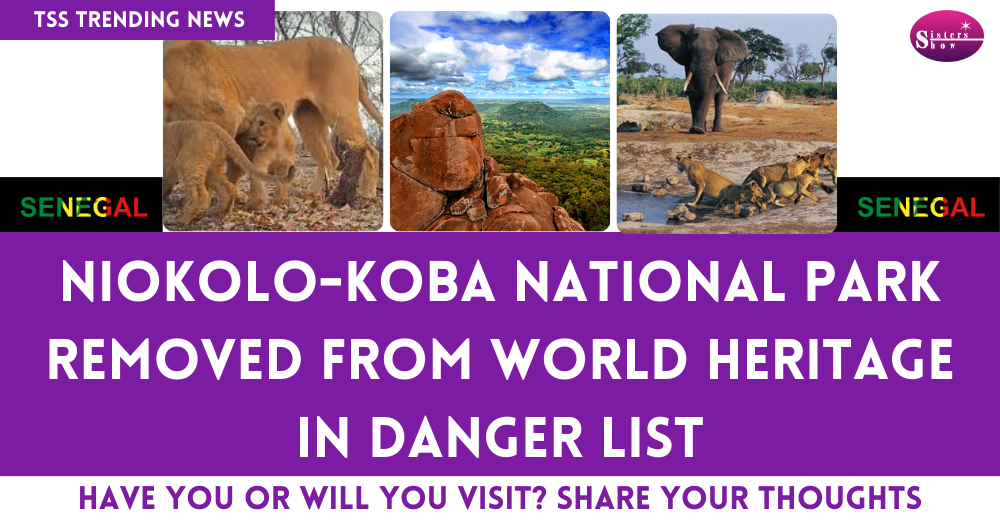
Niokolo-Koba National Park Removed from World Heritage in Danger List
Senegal’s Niokolo-Koba National Park has achieved a significant milestone by being removed from UNESCO’s List of World Heritage in Danger. This announcement was made by the UNESCO World Heritage Committee during their meeting in New Delhi, India, on Wednesday, July 24.
UNESCO commended Senegal for the positive outcomes achieved in preserving the park and for their formal commitment to reassessing development plans for the property. These efforts have played a crucial role in enhancing the conservation of this important site.
Niokolo-Koba National Park, located along the banks of the Gambia River, boasts lush gallery forests and savannahs. The park is renowned for its rich biodiversity, including the world’s largest antelopes, making it a vital sanctuary for numerous species.
The park was added to the List of World Heritage in Danger in 2007 due to increasing threats from poaching, basalt mining, and other human activities. Since then, significant measures have been taken to address these challenges.
UNESCO highlighted the enhanced monitoring of emblematic species and the substantial resources allocated for the park’s surveillance to combat poaching and illegal gold panning. Additionally, efforts to better organize livestock transhumance have been crucial in protecting the park’s ecosystem.
A mine pollution control system has been established, and significant work has been done to combat the invasive plant species Mimosa pigra. These initiatives have further contributed to the park’s improved status.
While celebrating this achievement, the World Heritage Committee has urged Senegal to continue its conservation efforts in the coming years. Continuous commitment and strategic actions will ensure the long-term preservation of Niokolo-Koba’s unique ecosystem.
Niokolo-Koba National Park, covering over 913,000 hectares, was designated a UNESCO World Heritage site in 1981. Its removal from the danger list marks a significant step forward in global conservation efforts and underscores the importance of ongoing dedication to protecting natural heritage sites.




